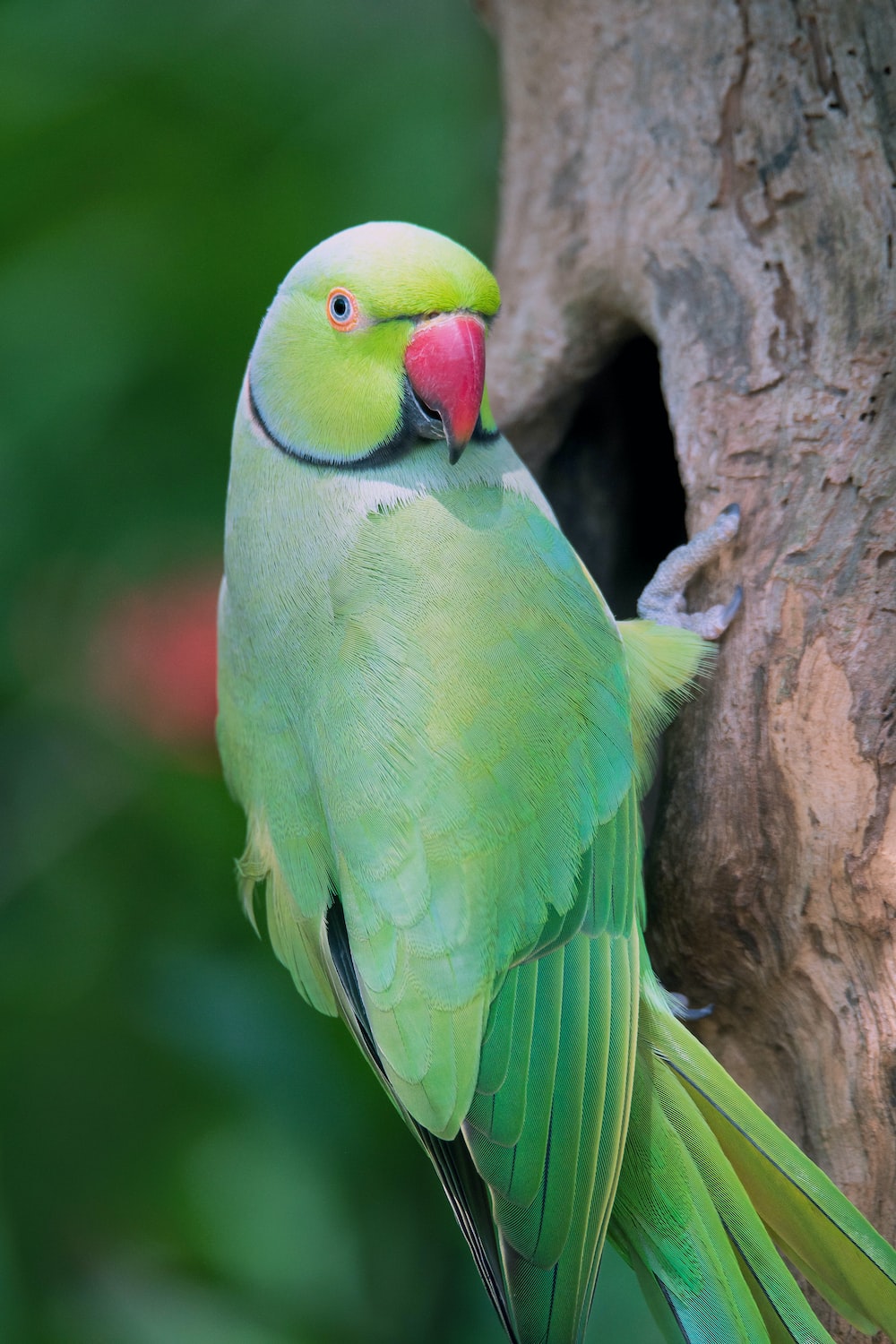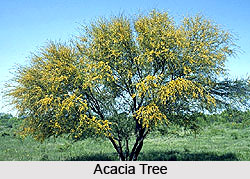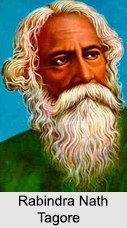The Devadasi system that is hindu religious ritual offers prepubescent females to gods for marriage. When Devadasis reach adolescence, they are ceremonially compelled to perform sexual duty as servants decreed by the deities. Their virginity is sold, and if they are compensated at all, it is a pittance.Devadasi translates to "Servant of God." These ladies are devoted to God and are regarded as God's wives, hence they are not allowed to marry any "mortal."
The history of Devadasi culture may be traced back to the 7th century, mainly in southern India during the Chola, Chera, and Pandya dynasties. Plainly put, Devadasis are nothing more than child sex workers or sex slaves.
The modern Indian state of Andhra Pradesh, Gujarat, Karnataka, Maharashtra, Tamil Nadu, and Telangana are mostly where one can still find Devadasis. In Maharashtra, they are known as Mathangis, while in Andhra Pradesh and Telangana, they go by the names Jozinis or Mathamma, Devadasis in Karnataka, and Mathammas in Tamilnadu.
Devadasis, as a community, developed distinct customs, practices and traditions that were best suited to enable them to live as artists without suppressing their physical and emotional needs. This professional community was controlled by women and was matriarchal. Following the demise of the great Hindu kingdoms the practice degenerated. Originally Devadasis were celibate all their life. Though they had a glorious past, later these girls were forced into a life of poverty, misery and in some cases were also further degraded.
.jpg)
.jpg)









.jpg)

.jpg)




